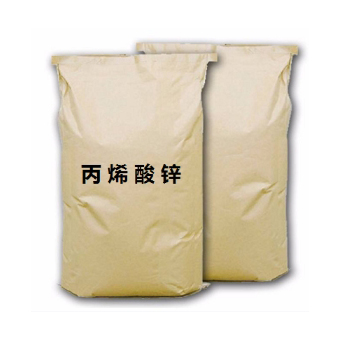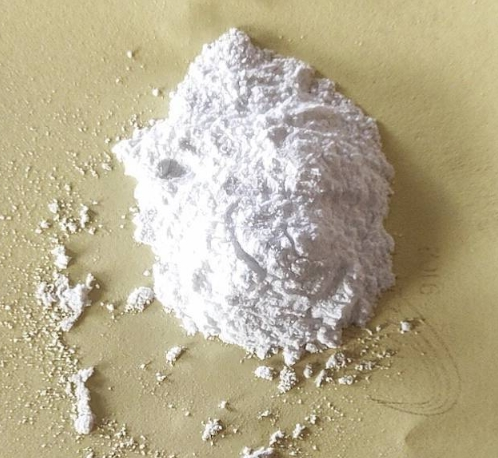Rubber hardening agent zinc acrylate

Product performance:
Cas No.14643-87-9
Appearance: White powder or solid,
Molecular formula: C6H6O4Zn
The molecular weight is 207.50 and the zinc content is about 35%.
Stability: Stable under normal temperature and pressure, resistant to acid, alkali, oil, and high temperature (excellent corrosion resistance).
Purity and indicators: Industrial grade products have a purity of ≥ 95%, a moisture content of ≤ 0.5%, and an acid value range of 0.2-14 mgKOH/g6.
Functional features:
Crosslinking effect: It forms salt cross-linking bonds with rubber, significantly improving the strength, elasticity, and tear resistance of vulcanized rubber.
Heat resistance: Improve the high and low temperature performance of rubber products and reduce compression permanent deformation.
Hardening effect: By enhancing the adhesion between rubber and metal, the hardness and wear resistance of the product are improved,
Introduction to the application fields of rubber hardening agent zinc acrylate:
1. Rubber industry
Vulcanizing agent: As a rubber vulcanization accelerator, it accelerates crosslinking reactions, improves vulcanization efficiency, and enhances the mechanical properties of finished products.
Hardening and reinforcement: used for high-performance rubber products such as golf ball cores and tires, obtaining high compressive strength and resilience through crosslinking polybutadiene rubber.
Heat resistant additive: suitable for rubber components such as shoe materials and seals that require high temperature resistance, reducing the compression deformation of white carbon black reinforcing rubber materials.
2. Other industrial applications
Adhesive: As a bonding medium between rubber and metal, it enhances the interfacial bonding strength of composite materials.
Crosslinking agent: used in the production of artificial marble and shoe sole materials to enhance the structural stability and weather resistance of the materials
Storage:
It needs to be stored away from light and moisture (below 25 ℃), and long-term exposure may cause moisture absorption and clumping.
